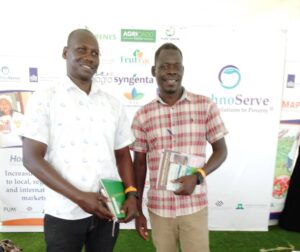Our visit to Midland High School started the same way most do–the guards meet the car at the front gate, ask who you have come to visit, then welcome you inside to park. A teacher or school staff member brings you to the school office where you either meet with administration or wait until the class you are visiting is settled and ready for instruction to begin.
When we drove through the front gate, I was intrigued by the view in front of me. Vegetables fill a garden bed in front of the main building. Tall trees stand in a wide-open field, creating a yard that feels natural yet organized. A path between buildings offers a quick glimpse into an area that is assumed to be filled with additional buildings where class can take place. The school was nice, but nothing so far from the ordinary that I would have assumed what was to come.
We followed the path into the school courtyard and were seated on a bench outside the main office building. Soon, we were met by a teacher named Julius who invited us to take a quick tour of the school. Julius is part of a four-teacher team working to provide agriculture education at Midland High School.
Our tour started back in the main yard, where he showed us the drip irrigation system used to water the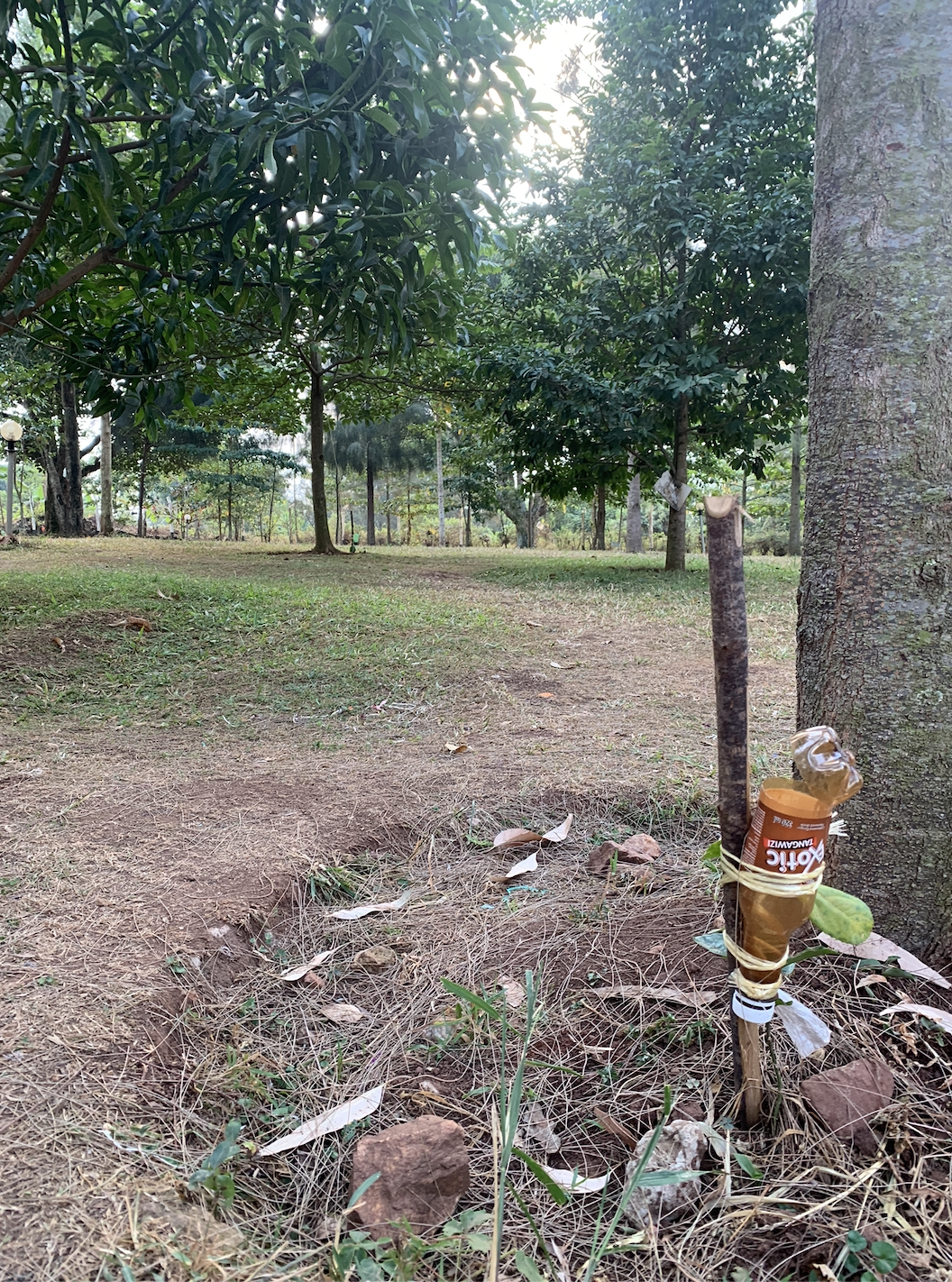 trees. A plastic soda or water bottle with a small hole in the cap hangs on a stick at the base of each tree. After school, the students fill each bottle so the trees receive water during the night but do not loose excess moisture to evaporation during the day. We would later learn that they called this yard “paradise”, a name rather fitting for the lush, majestic yard.
trees. A plastic soda or water bottle with a small hole in the cap hangs on a stick at the base of each tree. After school, the students fill each bottle so the trees receive water during the night but do not loose excess moisture to evaporation during the day. We would later learn that they called this yard “paradise”, a name rather fitting for the lush, majestic yard.
Working our way back toward the school, we stopped to look at the garden beds in front of the first building. Some gardens are filled with plentiful rows of cabbage, squash, broccoli, and more, however, across the path, sits a garden bed of tomatoes and eggplant that do not appear as healthy. Julius explained that when the plants in the one garden bed started to wilt, the students became curious about what the difference between the garden beds may be. Driven by their curiosity, they tested the soil and determined that the wilt is due to improper soil pH.

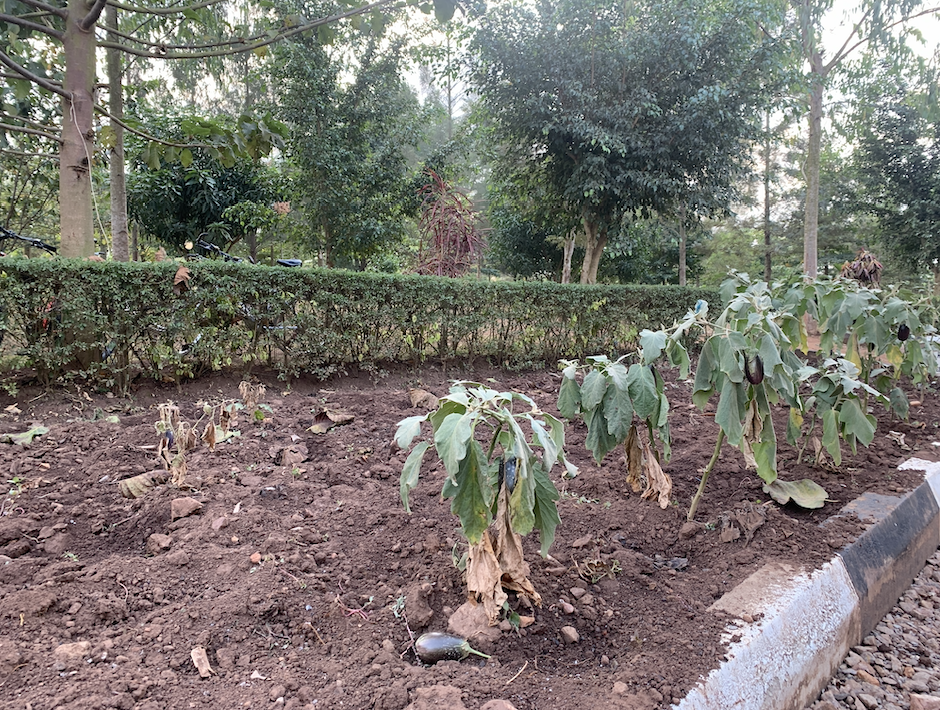
Back inside the main school courtyard, Julius noted that most of the landscaping includes agricultural products—apple, banana, and passionfruit trees provide shade, gourds grow along the fences and sides of buildings, and leafy greens grow among the ornamental bushes. Toward the back of the school, large plots of cabbage allow each class to gain experience growing their own crops. A few goats and a cow provide students with hands on experience in dairy production and rows of banana trees allow students from all regions to learn about the staple foods in different parts of Uganda. Each agricultural plant is accompanied by a marker that identifies its local name, English name, and primary use or benefit. This allows students to observe different crops at all stages of growth and consider how the crops aid people both in their communities and around the world.
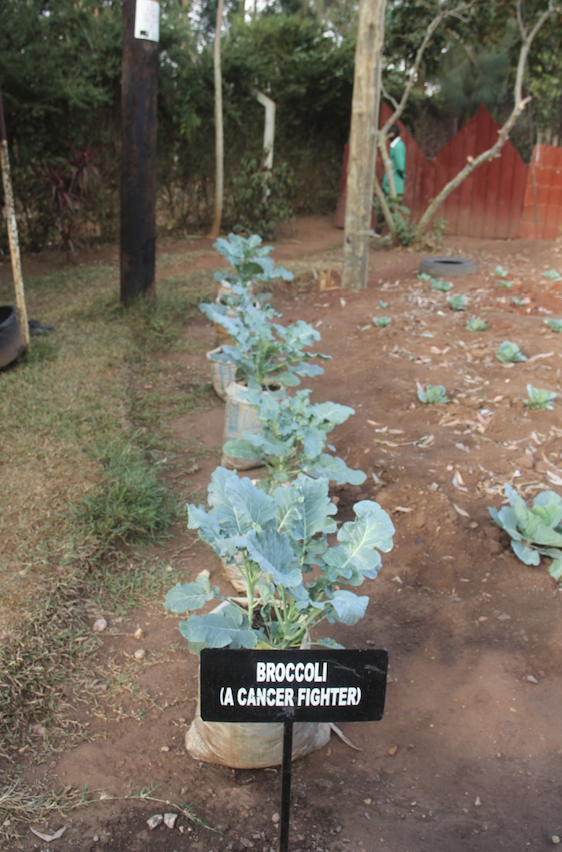
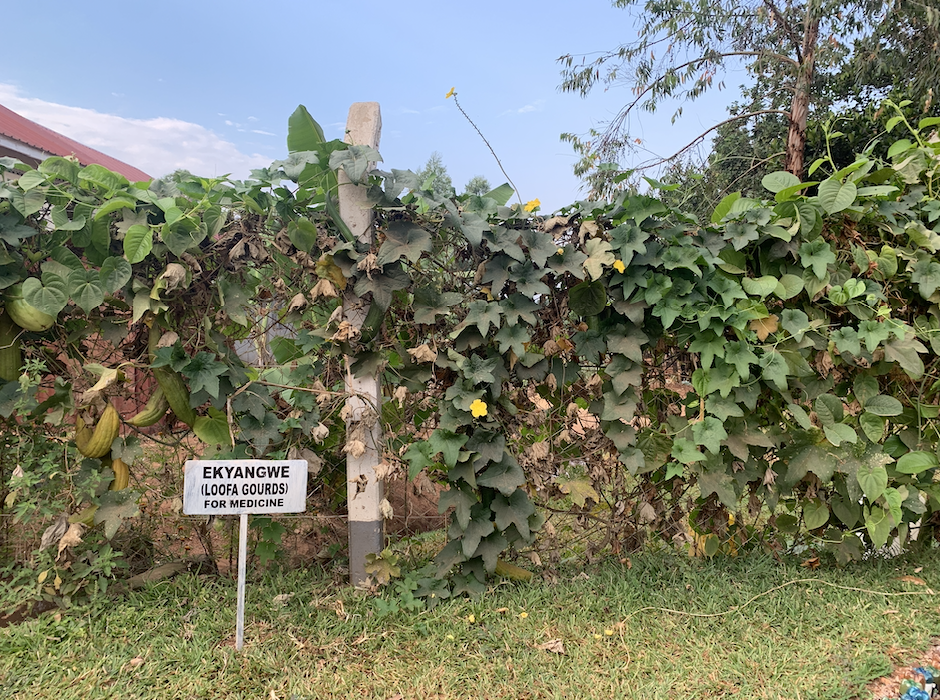
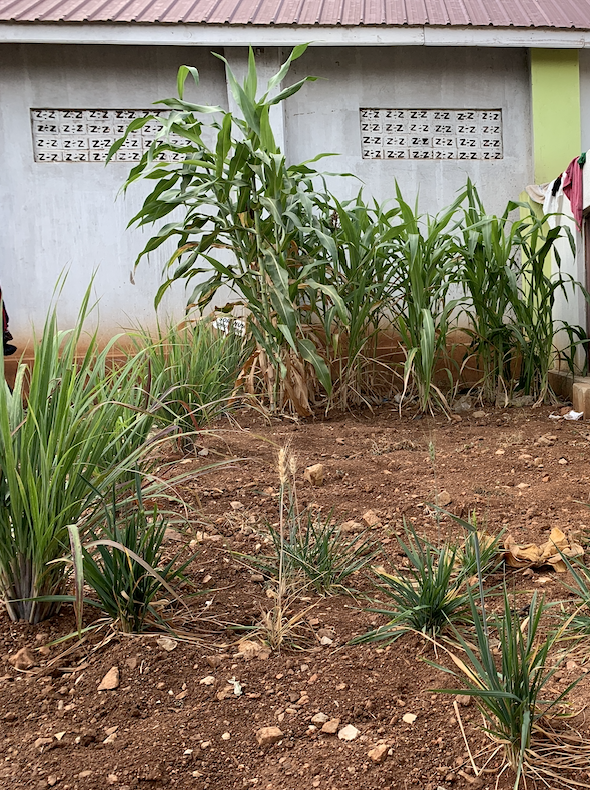 In the back corner of the school compound, one final plot reveals the depth of student curiosity supported by teacher commitment. Students had observed the rising prices of grain on a global scale and had taken special note of the cost some countries are paying to import wheat and sorghum. They asked why these crops were not grown in Uganda and what the financial benefits would be if they could produce their own wheat and sorghum. So, the teachers identified a small plot at the back of the school, gathered some wheat and sorghum seeds, and helped students plant some small crops to observe. They also planted maize right beside the exploratory crops, so students could observe the growth rate, yield, and resource use of their traditional crops right beside the new crops. Here, students are not simply waiting to receive knowledge at their teachers’ pace but are watching as the answers to their questions unfold right before their own eyes.
In the back corner of the school compound, one final plot reveals the depth of student curiosity supported by teacher commitment. Students had observed the rising prices of grain on a global scale and had taken special note of the cost some countries are paying to import wheat and sorghum. They asked why these crops were not grown in Uganda and what the financial benefits would be if they could produce their own wheat and sorghum. So, the teachers identified a small plot at the back of the school, gathered some wheat and sorghum seeds, and helped students plant some small crops to observe. They also planted maize right beside the exploratory crops, so students could observe the growth rate, yield, and resource use of their traditional crops right beside the new crops. Here, students are not simply waiting to receive knowledge at their teachers’ pace but are watching as the answers to their questions unfold right before their own eyes.
The beauty of Midland High can be found in so many places. Whether walking through paradise, viewing a garden plot, or observing a lesson, the entire agriculture program sings not only of student-centered learning, but of student-driven learning. Equally as enticing as the curiosity of students is the commitment of four teachers working to bring agriculture to life. A day in the program beckons a new anthem for Midland High agriculture—Driven by Curiosity, Supported by Commitment.
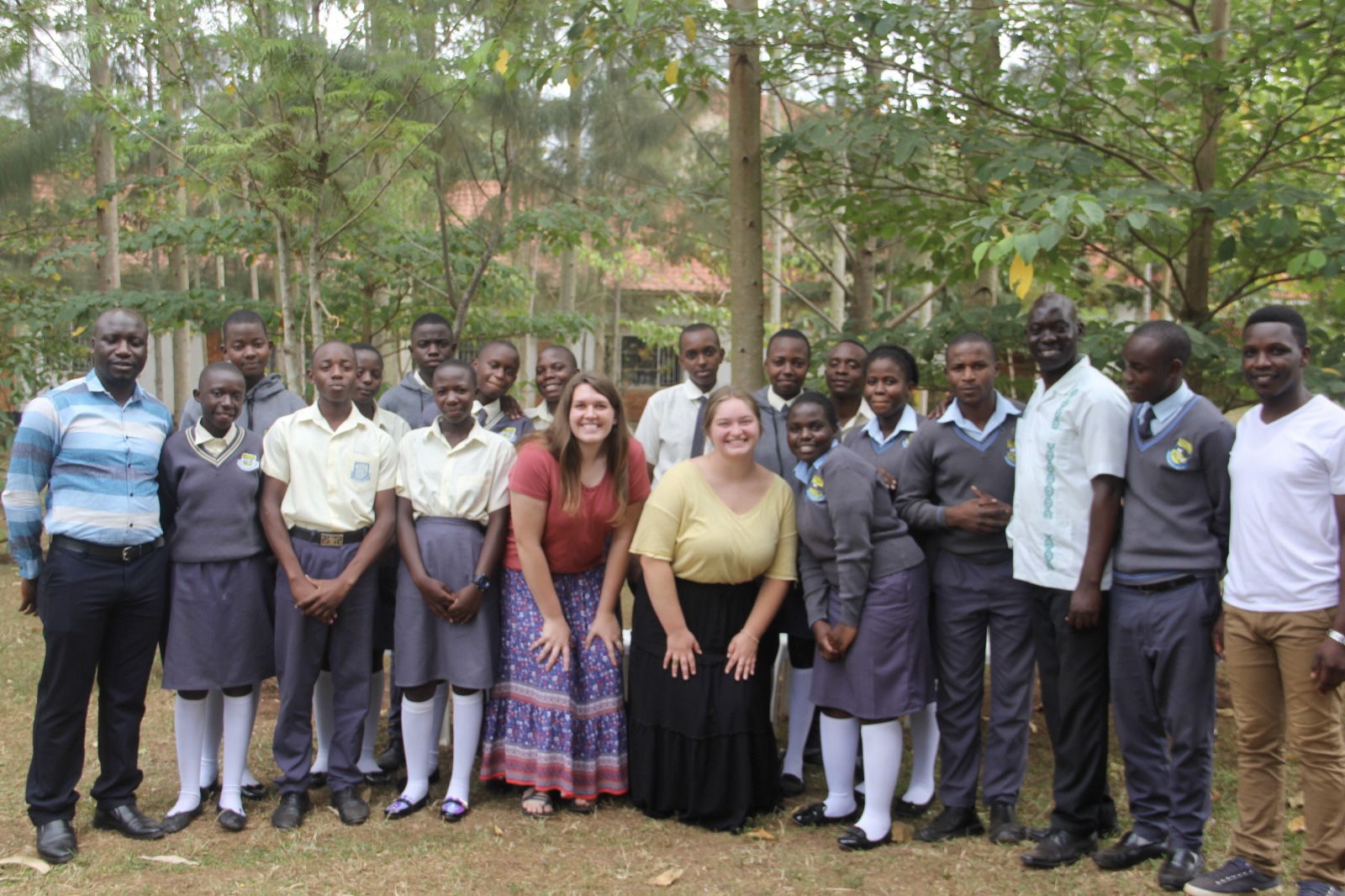
By: Bekah McCarty, Fellow ’22




